X-ray tetra - Pristella maxillaris
Scientific name: Pristella maxillaris
Common name: X-ray tetra
Family: Characidae
Usual size in fish tanks: 4 - 5 cm (1.57 - 1.97 inch)
014
Recommended pH range: 6 - 8
Recommended water hardness: 4 - 18°N (71.43 - 321.43ppm)
0°C 32°F30°C 86°F
Recommended temperature range: 24 - 28 °C (75.2 - 82.4°F)
The way how these fish reproduce: Spawning
Where the species comes from: South America
Temperament to its own species: peaceful
Temperament toward other fish species: peaceful
Usual place in the tank: Middle levels
Origin
Native to South America, X-ray tetras are commonly found in the slow-moving rivers and streams of Venezuela and Brazil. These environments are characterized by soft, acidic water with plenty of vegetation, offering the perfect conditions for this species to thrive. In the wild, they inhabit areas with dense plant growth, which provides shelter and feeding grounds.
Lifespan
The average lifespan of Pristella maxillaris in a well-maintained aquarium is around 5 years. With optimal water quality and proper care, some individuals may live longer. As with most fish species, maintaining consistent water parameters and providing a healthy diet are key factors in helping them reach their full lifespan potential.
Short Description
The X-ray tetra is known for its peaceful temperament, making it an ideal addition to community tanks. They are particularly suited to South American biotope setups, where they can coexist with other species of similar size and temperament. One of their most striking features is their transparent body, which gives them their common name, along with their distinctive finnage, highlighted by yellow, black, and white stripes. When kept in optimal water conditions, their colors will be vibrant and eye-catching, but poor water quality can cause their colors to fade, signaling a decline in health.
X-ray tetras are hardy and can tolerate a wide range of water parameters, but they still require good water quality to thrive. A reliable filtration system is essential, along with regular weekly water changes to maintain healthy conditions. These fish are best kept in schools of at least six, as they are naturally shoaling and feel most secure when surrounded by their own kind.
For a South American biotope, use a sandy substrate and plenty of wood, such as bogwood, which will naturally release tannins into the water, mimicking their native environment. For a general community tank, densely plant the sides and back of the aquarium while leaving the front open for swimming space. This balance of structure and open space is essential for their health and well-being.
Food and Feeding
X-ray tetras are not fussy eaters and will readily accept most types of food. A high-quality flake food should form the foundation of their diet, but it's important to offer them protein-rich treats, such as bloodworms, brine shrimp, or white worms, several times a week. Providing a varied diet ensures they receive all the nutrients they need to stay healthy and vibrant.
Sexing
Sexing X-ray tetras is relatively simple, especially when the fish are mature. Males tend to have slimmer bodies compared to the rounder, fuller-bodied females. When a female is ready to breed, her belly will swell, and you may be able to see the eggs through her semi-transparent body.
Breeding
Breeding X-ray tetras in captivity is achievable with the right conditions. Set up a separate breeding tank with fine-leaved plants or Java Moss to give the fish a safe and suitable place to scatter their eggs. Soft, acidic water is crucial for successful breeding, and adding peat to the substrate can help achieve this. Avoid using powerful filters; instead, opt for an air-driven sponge filter to maintain water quality without creating strong currents that could disturb the delicate eggs.
Pairing can sometimes be tricky, but once the fish are ready to spawn, they will scatter their eggs across the tank. The eggs hatch within 24 hours, and it’s best to remove the parent fish immediately after spawning to prevent them from eating the eggs. The fry will become free-swimming after a couple of days and should be fed on infusoria or liquid fry food initially. Once they are large enough, they can be transitioned to newly hatched brine shrimp or finely crushed flake food.
Pictures
Bought by aqua-fish.net from jjphoto.dk.
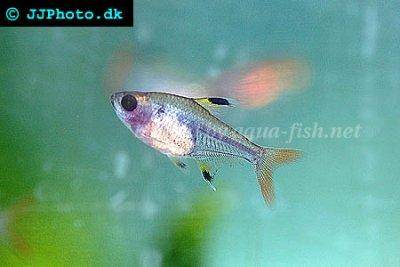




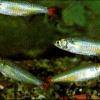 Bloodfin
Bloodfin 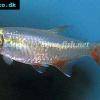 Bloodfin
Bloodfin  Panda
Panda 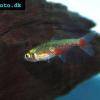 Green
Green 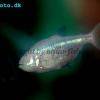 Blind
Blind  Kennedy
Kennedy 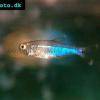 Blue
Blue 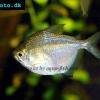 Discus
Discus 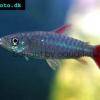 Pink
Pink 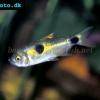 Bucktoothed
Bucktoothed 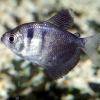 Black
Black 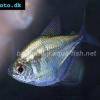 False
False 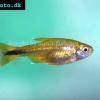 Silver
Silver  Hemigrammus
Hemigrammus 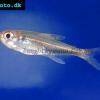 Dash-dot
Dash-dot  Rummy
Rummy 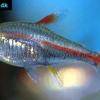 Glowlight
Glowlight  January
January 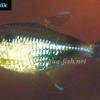 Head
Head 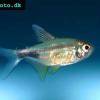 Garnet
Garnet 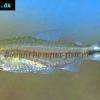 Rummy
Rummy  Gold
Gold  Red
Red 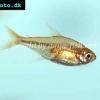 Ember
Ember 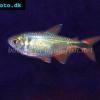 Buenos
Buenos 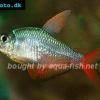 Colombian
Colombian 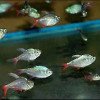 Ecuador
Ecuador  Bleeding
Bleeding 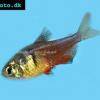 Flame
Flame 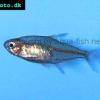 Georgett’s
Georgett’s 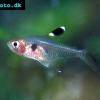 Griems
Griems  Kitty
Kitty 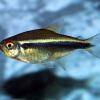 Black
Black 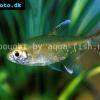 Firefin
Firefin 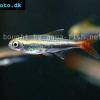 Loreto
Loreto 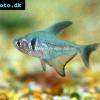 Black
Black 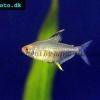 Lemon
Lemon 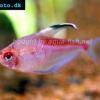 Redback
Redback 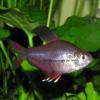 Rosy
Rosy 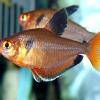 Serpae
Serpae 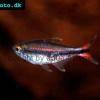 Savanna
Savanna 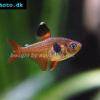 Red
Red 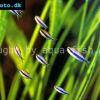 Blue
Blue 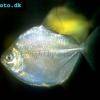 Silver
Silver 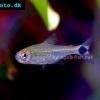 Ceros
Ceros  Napo
Napo 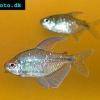 Diamond
Diamond 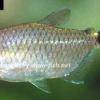 Red
Red 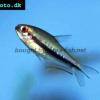 Rainbow
Rainbow 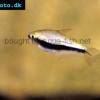 Emperor
Emperor  Cardinal
Cardinal 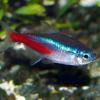 Neon
Neon  Green
Green 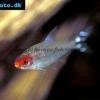 False
False  Glass
Glass 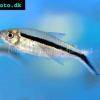 Penguin
Penguin